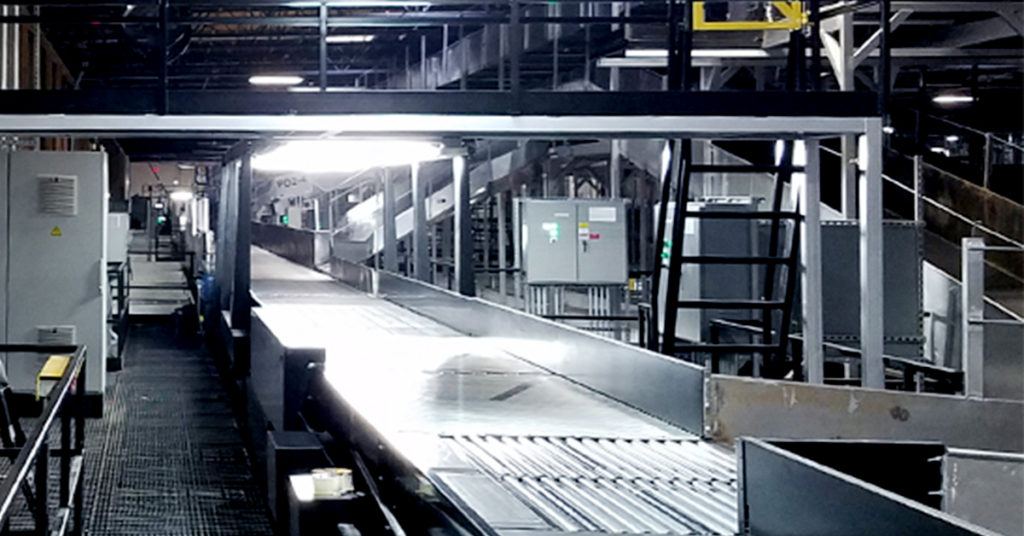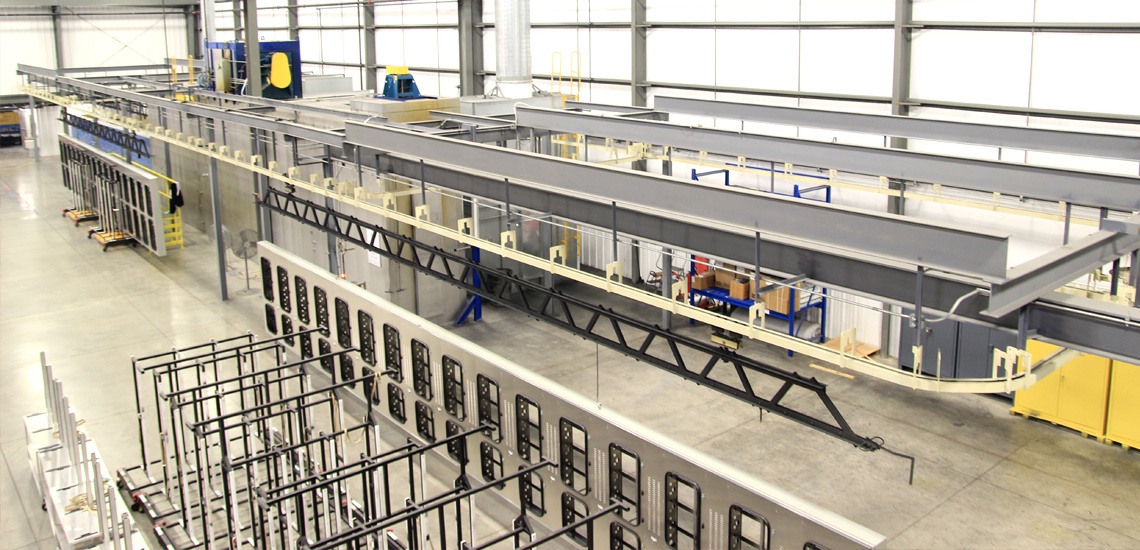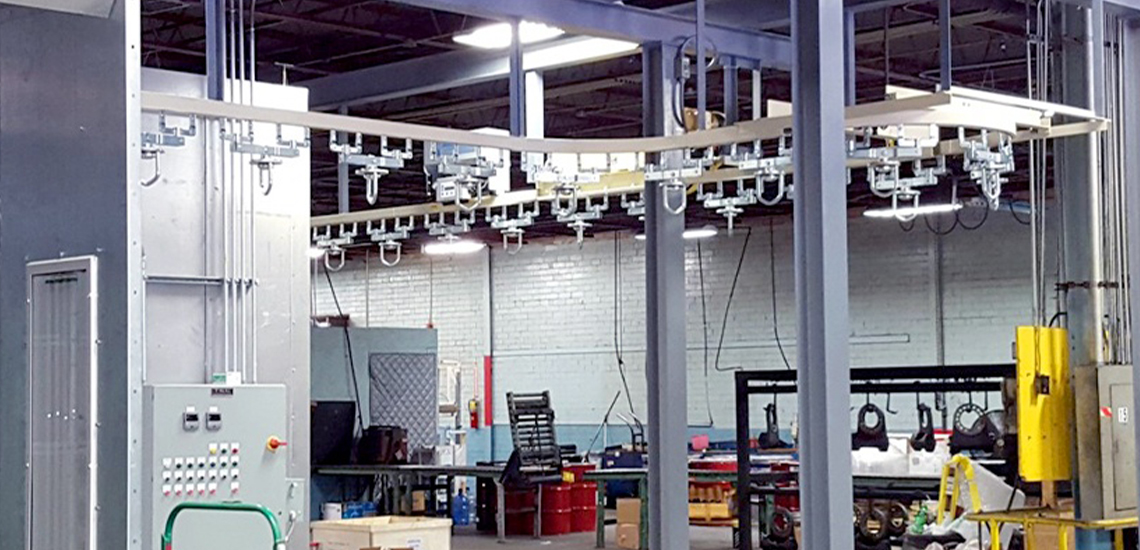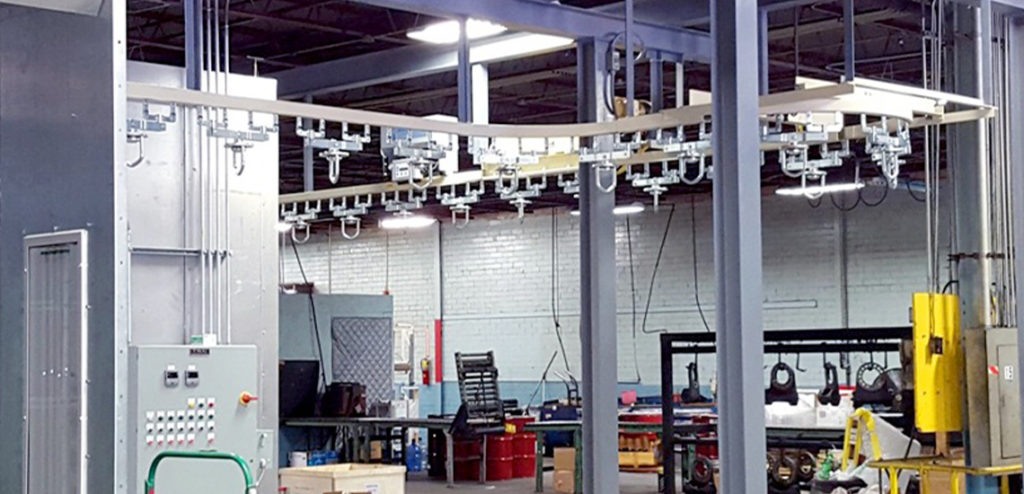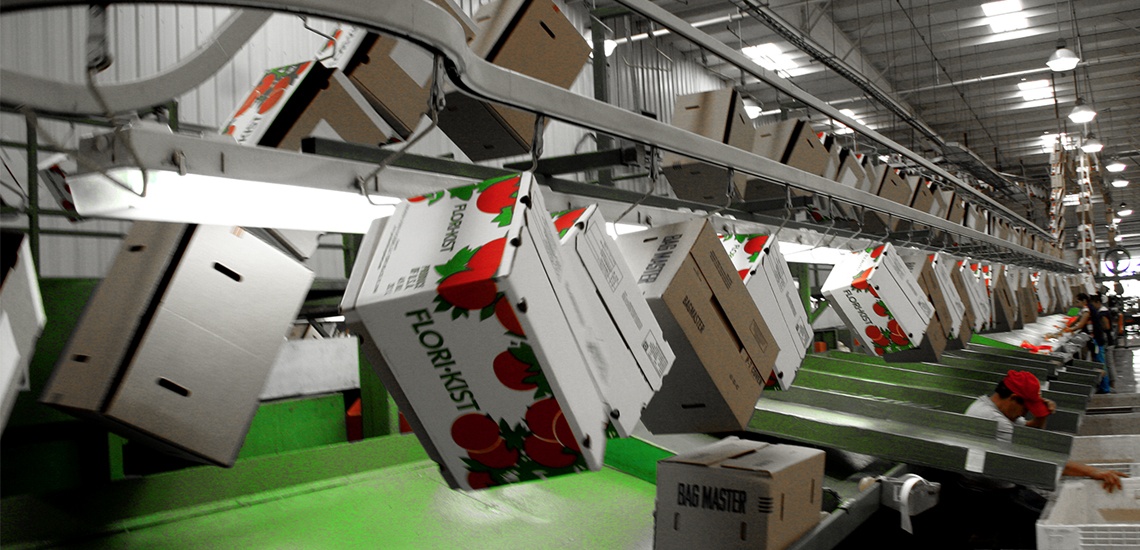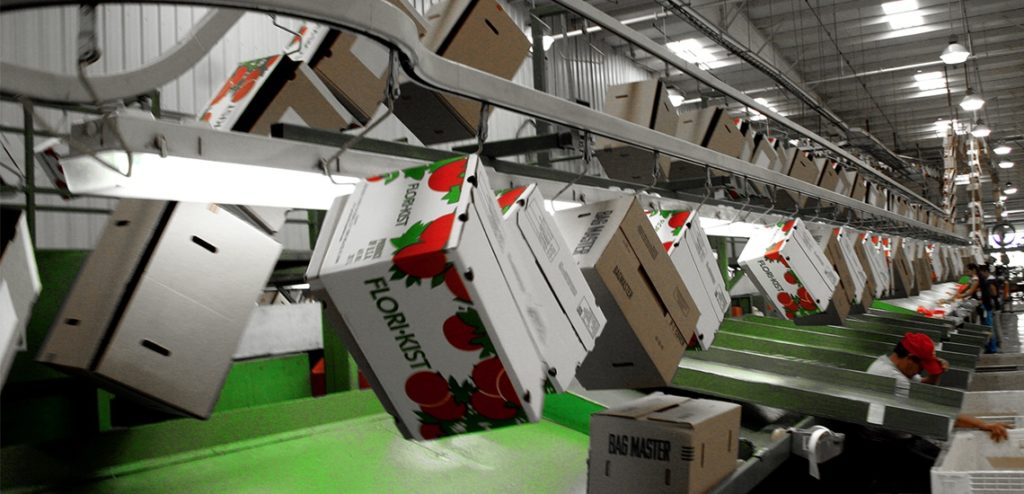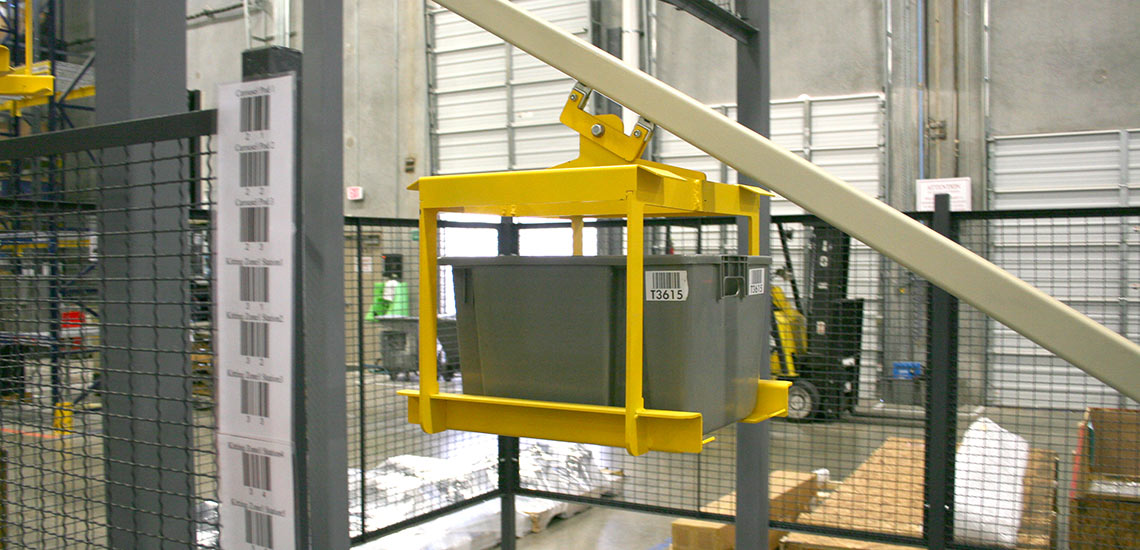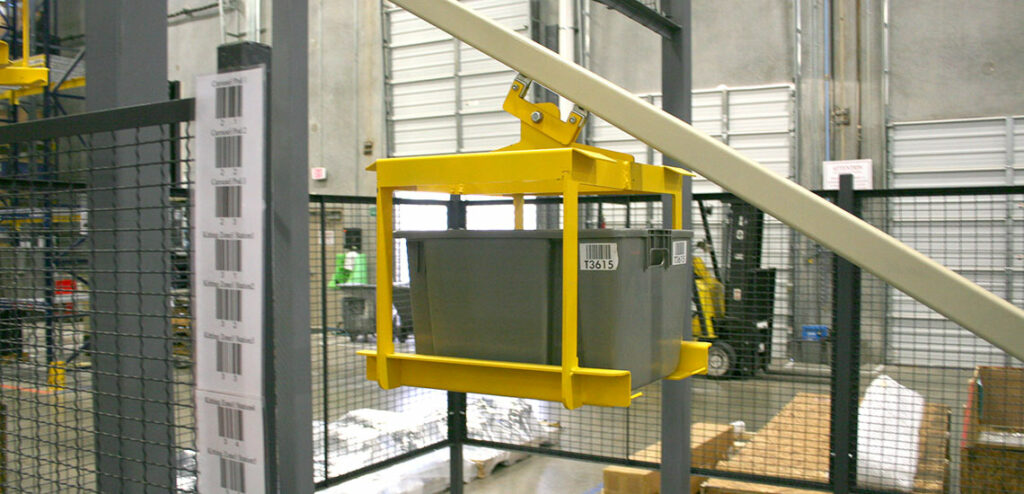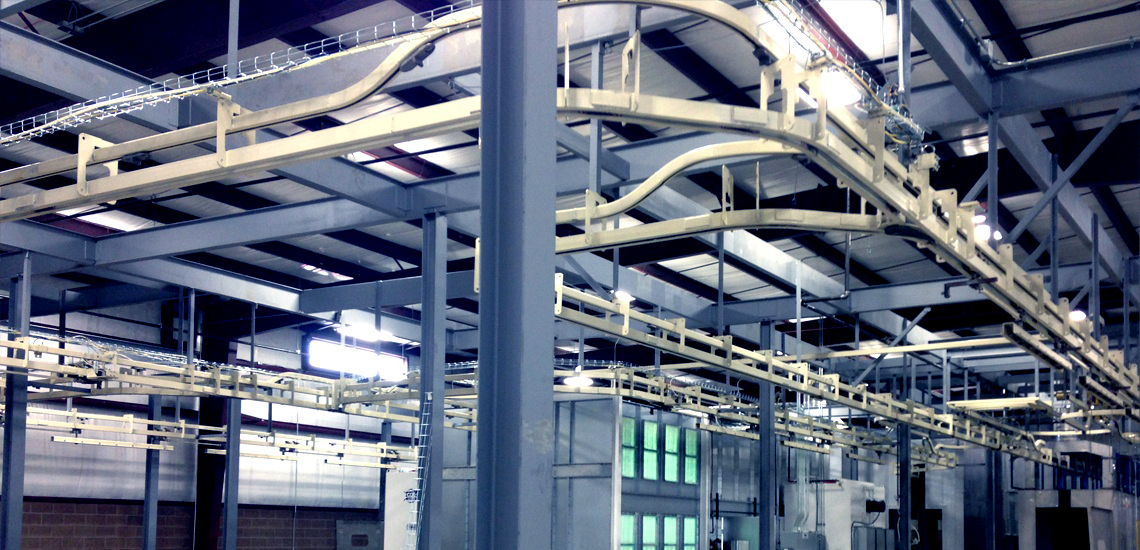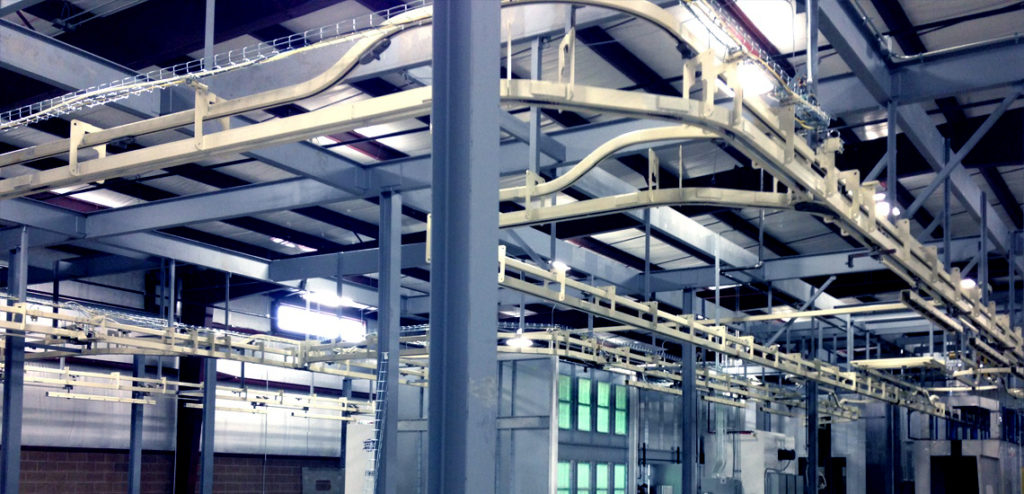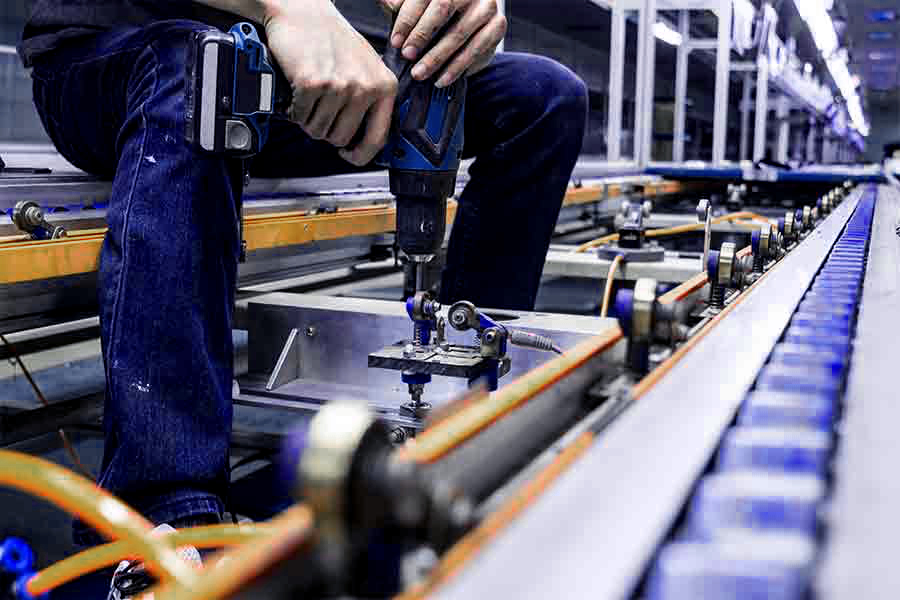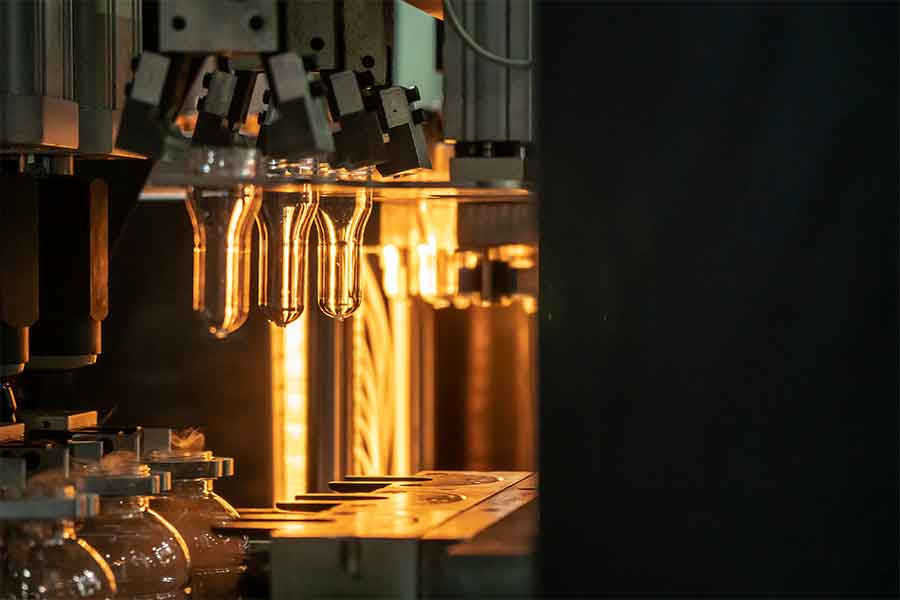
Industrial curing ovens are indisputably one of the most essential components in the heat processing industry. Conveyor systems compliment curing ovens to produce a smooth, consistent process.
However, challenges may arise when selecting the best components for your specific system. Are you unsure which curing oven is right for your existing conveyor operation? Have you selected the right curing oven, yet are indecisive when selecting the best conveyor system?
We understand that selecting both the proper oven and conveyor system is crucial to a successful heat processing operation. Therefore, we provide and discuss below our brief guide to finding the right conveyor for your curing oven.
Brief Overview of Curing Oven Applications
As aforementioned, curing ovens serve as essential equipment. Utilizing curing ovens helps engineer raw materials such as rubber or synthetic adhesives. By accelerating chemical and physical reactions, curing ovens improve the durability of certain materials. This is often achieved by increasing the temperature of the material to or above a specific limit.
Regardless of application, curing ovens are powerful tools within a plethora of manufacturing operations. However, the oven itself is simply part of a larger conveyor system, and finding the right conveyor is critical. Below are a few common curing oven applications.
Chemical Curing
Chemical curing is another common practice that incorporates catalyzing agents into the process to facilitate a material’s chemical reactions. For successful chemical curing that enhances construction components, the curing oven is utilized.
Polymerization
One thermal processing equipment supplier explains polymerization, another common curing oven application:
Polymerization refers to the formation of complex polymer chains from small molecule monomers across a broad range of chemical species and functional groups. This reaction is responsible for some of the most industrially-consumed plastics worldwide, including polyethylene, polypropylene, and polyvinyl chloride. Curing ovens are used to encourage the formation of high-strength bonds between monomers and synthetically ‘grow’ these materials in high-temperature environments. … Epoxy resins can also be formed through industrial curing, by heating liquidized polyethers to create a network of long-chain molecules. These products are ubiquitous in construction and engineering, with countless applications as an intermediary product.
Powder Coating
Powder coating is yet another curing oven application, a painting process in which powdered molecules are heated until they bond together, coating an intended surface. Powder coating is often preferred to liquid painting because contaminants are eliminated, and the paint lasts longer.
Finding the Right Conveyor for Your Curing Ovens
Have you selected the proper curing oven for your application and are in search of the right conveyor system? Perhaps you operate with an existing system and want to expand or improve the conveyor. Regardless, selecting the right system begins with understanding the ins-and-outs of the curing oven you utilize and available conveyor system properties.
Tip#1: Consider the Curing Oven(s) You Utilize
While benchtop, cabinet and walk-in industrial ovens are often utilized for curing applications, conveyor ovens for continuous processing require an excellent conveyor system for operation.
Conveyor curing ovens are designed for versatility, reliability and temperature uniformity. The continuous belt is utilized for large quantities of similar processed materials. For example, the automotive, electronic, manufacturing, electrical, and construction industries utilize curing ovens for consistent, high-volume production.
Tip#2: Evaluate Your Application
Ultimately, your specific application will determine which conveyor best suits your operation. Answer the following questions:
- Do you have an existing conveyor system but need a finishing line application?
- Does your operation require a holistic material handling system that interacts with your curing ovens?
- Or perhaps you need an assembly conveyor?
Determining your specific needs will greatly influence the right conveyor for your curing oven operation.
Tip#3: Establish Your Conveyor Needs
Finishing Line: For flexible and reliable finishing conveyor applications, finishing line conveyors are ideal. Depending on your needs, finishing conveyors are available as monorail or power and free systems.
- Monorail systems: Simple and cost-effective, monorail systems follow a single path, working best in straightforward applications. They can be powered manually or by a continuous chain.
- Power and free systems: These overhead systems offer operators flexibility for various parts and processes. Power and free systems easily stop and start conveyor components, perform at varying speeds, divert to multiple locations, and provide part-tracking options. Pusher dogs engage and disengage connections between chains and trolleys.
Material Handling & Fabrication: Conveyors designed for material handling and fabrication are complex. Able to transport material in a seamless, this establishes a flow-through operation from welding cell to assembly line to wash and finishing to packing and distribution. Material handling conveyors are often automated, reducing errors in repetitive processes.
Richards-Wilcox Conveyor’s material handling and fabrication conveyors are reliable, low-maintenance systems, available in space-saving overhead configurations. These conveyors are designed with automatic control systems that support tracking, switching, merging, diverting, color type, and signaling “paint” or “don’t paint.” Finally, automatic rotations allow for dense pack accumulation and reduced curing oven size.
Assembly: Assembly conveyors are designed, of course, for efficiency assembly operations. Within a mass assembly operation, every second counts. Thus, equipment must be able to fit into as little space as possible.
Once again, Richards-Wilcox offers excellent assembly systems. These conveyors are efficient and economic, designed with inclines and curves to move products efficiently and save space. These systems are reliable and low maintenance. Perfect for many curing oven applications, assembly conveyor systems provide continuous delivery of parts with automated controls. Finally, the assembly conveyor interfaces with floor assembly line conveyors, creating a holistic operation.
Create the Right Conveyor Application at Richards-Wilcox Conveyor
At Richards-Wilcox Conveyor, our products are engineered for evolution, designed to last. Each modular, flexible design is built for the future and simple to customize or change with your operation as needed.
We manufacture and customize conveyors to complement your existing systems. Perfect for a variety of curing oven operations, Richards-Wilcox systems are built to fit and enhance your methods.
If you are unsure how our conveyors can work with your curing oven systems, we are willing to answer any questions and look for a solution that enhances your operation. To get in touch with our team, please feel free to reach out at 888.852.1020 or via our online contact form.

